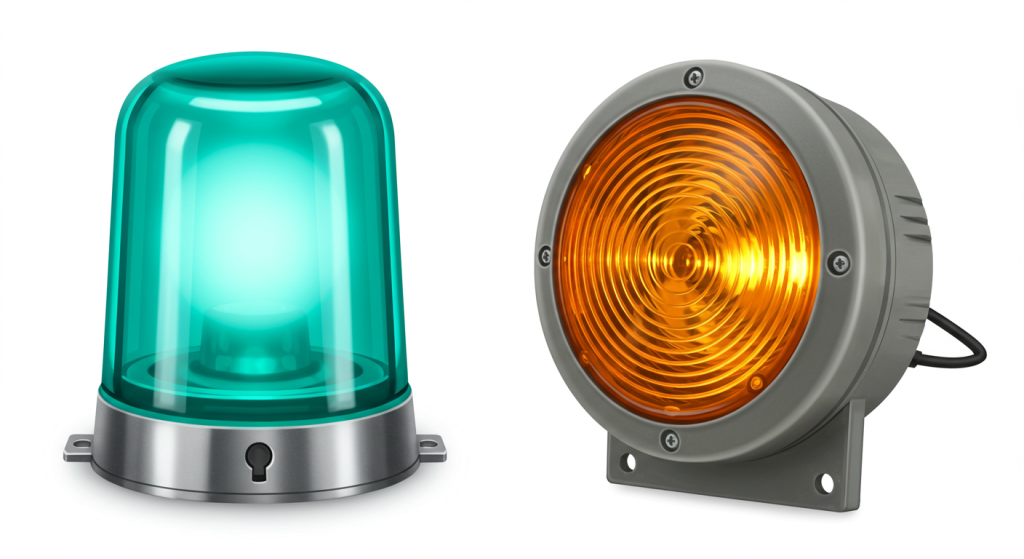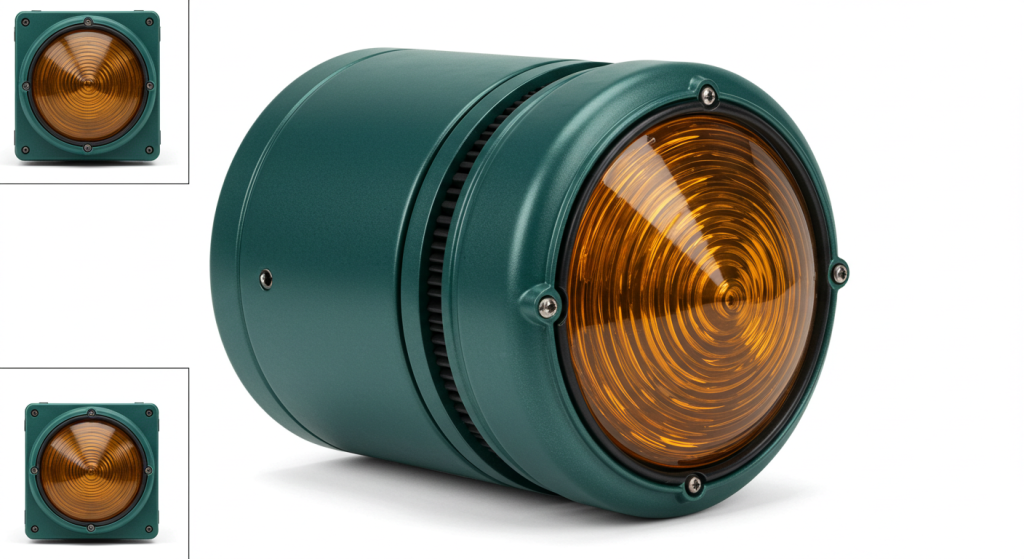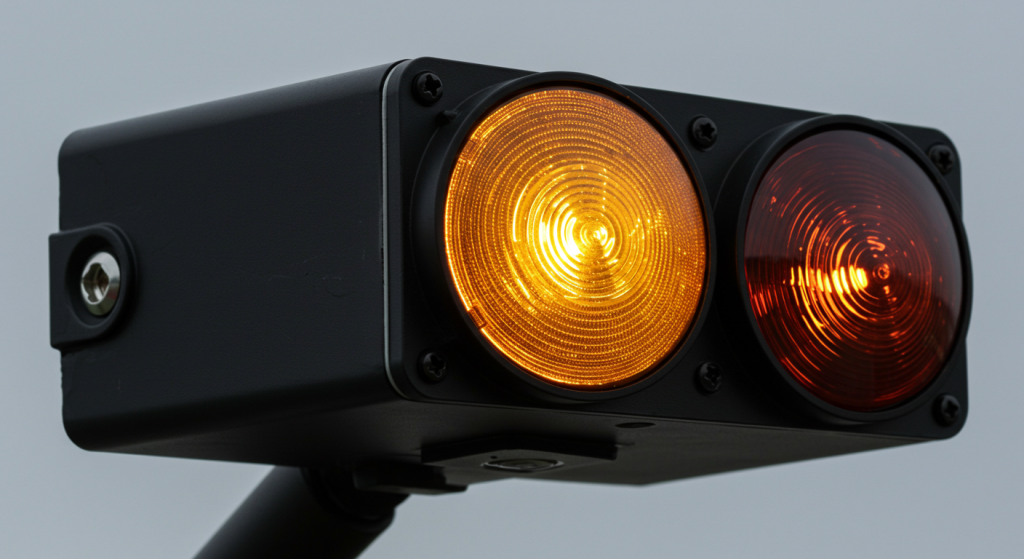Airstrip lighting is a crucial component for ensuring the safety and efficiency of aircraft operations on runways. Whether you are a commercial airport or a private airstrip, investing in high-quality airport approach lights airstrip lights is essential. This article delves into the various aspects of purchasing airstrip lights, including the importance of choosing the right supplier, the features to consider in the product, and real-life examples of successful installations

- Importance of Airstrip Lighting:
Airstrip lighting plays a vital role in enhancing visibility for pilots during takeoff and landing. It helps in preventing runway incursions, ensuring safe aircraft operations, and adhering to international aviation regulations. Proper lighting also improves navigation, reduces the risk of accidents, and enhances overall runway safety. - Factors to Consider When Buying airplane signal lights:
a. Type of Airstrip Lighting:- LED Airstrip Lights: These lights are energy-efficient, durable, and have a longer lifespan compared to traditional lighting options. They are suitable for both commercial and private airstrips.
- Fluorescent Airstrip Lights: These lights are cost-effective and provide consistent illumination. However, they may not be as durable as LED lights.
- Halogen Airstrip Lights: Halogen lights are known for their high-intensity output but have a shorter lifespan and higher energy consumption.
b. Lighting Patterns:
- Single-Beam Lighting: This pattern provides a straight beam of light along the runway, ensuring consistent illumination.
- Dual-Beam Lighting: This pattern offers two beams of light, providing enhanced visibility for pilots.
- Strobe Lighting: Strobe lights are used for runway exit and taxiway approaches, alerting pilots to potential hazards.
c. Power Source:
- AC-powered Airstrip Lights: These lights require a stable electrical supply and are commonly used in commercial airports.
- DC-powered Airstrip Lights: These lights are suitable for remote airstrips or areas with limited access to AC power.
- Choosing the Right Supplier:
When purchasing airstrip lights, it is crucial to select a reputable supplier that offers high-quality products and excellent customer service. Consider the following factors:

a. Experience and Reputation:
- Look for suppliers with years of experience in the aviation industry.
- Check customer reviews and testimonials to gauge their reputation.
b. Product Range and Customization:
- Ensure the supplier offers a wide range of airstrip lighting options to meet your specific requirements.
- Some suppliers may offer customization services to tailor the lighting system to your airstrip’s unique needs.
c. Technical Support and Installation Assistance:
- A reliable supplier should provide comprehensive technical support and installation assistance to ensure the successful deployment of the airstrip lighting system.
- Real-Life Example:
Consider a private airstrip located in a mountainous region. Due to the challenging terrain, the airstrip required a custom-designed airstrip lighting system that could withstand harsh weather conditions. After thorough research, the airstrip owner selected a reputable supplier that offered LED airstrip lights with dual-beam lighting patterns and DC power options. The supplier also provided expert installation assistance, ensuring the lighting system met the airstrip’s unique requirements.

- Understanding the Requirements:
Before selecting airstrip lights, it is essential to understand the specific requirements of your airport. Here are some key factors to consider:
a. Runway Length: The length of the runway will determine the intensity and type of lights required.
b. Runway Width: The width of the runway will influence the number of lights needed.
c. Visibility Conditions: Consider the weather conditions at your airport, such as fog, rain, or snow, which may require additional lighting features.
d. Air Traffic: The volume of air traffic will impact the choice of lighting systems to ensure safe operations.
- Types of Airstrip Lights:
There are various types of airstrip lights available, each with unique features. Here are some common types:
a. Runway Edge Lights: These lights mark the edges of the runway and are essential for pilots to maintain proper alignment.
b. Runway Centerline Lights: These lights run down the center of the runway and help pilots maintain the correct path.
c. Taxiway Lights: These lights guide aircraft on the ground, ensuring safe navigation between runways and terminals.
d. PAPI (Precision Approach Path Indicator) Lights: These lights provide visual guidance for pilots during approach and landing.
- Features to Consider:
When selecting airstrip lights, pay attention to the following features:
a. Light Intensity: Ensure the lights have sufficient intensity to be visible during various weather conditions.
b. Color: Runway edge lights are typically white, while centerline lights are red. PAPI lights have a unique configuration of red and white lights.
c. Durability: Choose lights made from high-quality materials to withstand harsh weather conditions and maintain long-term performance.
d. Energy Efficiency: Opt for energy-efficient lights to reduce operational costs and minimize environmental impact.
- Case Study:
Let’s consider a hypothetical airport, Airport X, which is planning to upgrade its airstrip lighting system. After analyzing their requirements, the airport authorities have narrowed down their options to two manufacturers:
Manufacturer A offers a range of airstrip lights with high light intensity, durable materials, and energy-efficient LED technology. However, their installation process is known to be complex and time-consuming.
Manufacturer B provides a similar range of airstrip lights with comparable features. However, their installation process is simpler and more cost-effective, making them an attractive option for Airport X.
After careful consideration, Airport X chooses Manufacturer B due to their simplified installation process and cost-effectiveness.
I. Understanding the Importance of Airfield Lighting
Airfield lighting plays a vital role in enhancing visibility during night-time operations, adverse weather conditions, and low-light scenarios. It helps pilots navigate the runway, taxiways, and other critical areas, reducing the risk of accidents and delays. By investing in high-quality airstrip lighting, airports can ensure a safe and seamless flying experience.
II. Factors to Consider When Purchasing Airfield Lighting
- Lighting Requirements:
Before purchasing airstrip lighting, it is crucial to determine the specific requirements of your airport. This includes the size of the runway, taxiways, and other areas that need illumination. Consider the following factors:
a. Runway Length: Ensure that the lighting system can provide adequate coverage for the entire runway length.
b. Taxiway Configuration: Determine the number and layout of taxiways to ensure proper lighting coverage.
c. Obstacle Lighting: Identify any obstacles near the airport that require lighting for safe navigation.
- Lighting Standards:
Adhere to international and local aviation regulations when selecting airstrip lighting. These standards ensure compatibility with various aircraft systems and maintain consistent lighting performance across different airports. - Energy Efficiency:
Opt for energy-efficient lighting solutions to reduce operational costs and minimize environmental impact. LED lighting is a popular choice due to its long lifespan and low energy consumption. - Reliability and Maintenance:
Choose a lighting system that offers reliable performance and requires minimal maintenance. Consider factors such as warranty, manufacturer reputation, and customer support.
III. Product Details: What to Look for in Airstrip Lighting
- Light Source:
LED lighting is the preferred choice for airstrip lighting due to its energy efficiency, long lifespan, and consistent performance. Ensure that the lighting system uses high-quality LED modules. - Beam Pattern:
Select a beam pattern that suits your specific requirements. Different beam patterns, such as full-cast, narrow, and sector, are available to provide optimal coverage for various runway configurations. - Control Systems:
Consider a lighting control system that allows you to manage and monitor the operation of your airstrip lighting. Features such as remote control, dimming capabilities, and integration with existing airport systems can enhance efficiency and safety.
IV. Real-Life Example: Case Study of an Airport’s Airfield Lighting Upgrade
Recently, an airport in the United States decided to upgrade its airstrip lighting system to improve safety and reduce energy consumption. The airport’s management followed these steps:
- Conducted a thorough assessment of their lighting requirements, considering runway length, taxiway configuration, and obstacle locations.
- Consulted with aviation authorities to ensure compliance with lighting standards.
- Evaluated various lighting manufacturers and selected a reputable supplier offering energy-efficient LED lighting solutions.
- Installed the new lighting system, which included runway, taxiway, and obstacle lighting.
- Monitored the performance of the new system and observed a significant reduction in energy consumption and maintenance costs.
I. Understanding Airstrip Lights Cost
- Types of Airstrip Lights:
- Fixed lights: These lights are mounted on the ground and provide continuous illumination.
- Pulsating lights: These lights flash at a specific rate to indicate the runway’s centerline.
- Strobe lights: These lights emit a rapid series of bright flashes to alert pilots of potential hazards.
- Cost Components:
- Installation cost: This includes the labor and materials required to set up the lights.
- Maintenance cost: Regular maintenance is essential to ensure the lights’ functionality and longevity.
- Replacement cost: Over time, the lights may need to be replaced due to wear and tear or technological advancements.
II. Factors Influencing Airstrip Lights Cost
- Size and Length of the Runway:
Larger runways require more lights, which increases the overall cost.
Example: A 3,000-meter runway may require 100 fixed lights, whereas a 2,000-meter runway may need only 60. - Lighting Technology:
- LED lights: These are more energy-efficient and have a longer lifespan than traditional incandescent lights.
- Fiber-optic lights: These provide a brighter and more consistent light output than traditional lights.
- Installation Complexity:
- Urban airports: Installing lights in urban areas can be more challenging and expensive due to limited space and infrastructure.
- Remote airports: Remote locations may require additional expenses for transportation and labor.
III. Real-Life Examples
- Case Study 1: Airport X
- Runway length: 3,000 meters
- Lighting technology: LED
- Cost: The installation of 100 LED lights cost 500,000, with an annual maintenance budget of 20,000.
- Case Study 2: Airport Y
- Runway length: 2,000 meters
- Lighting technology: Traditional incandescent lights
- Cost: The installation of 60 incandescent lights cost 300,000, with an annual maintenance budget of 30,000.
I. Factors Influencing Airstrip Lights Price
- Type of Airstrip Lights:
- LED Airstrip Lights: These lights are energy-efficient and have a longer lifespan compared to traditional incandescent or halogen lights. The price of LED airstrip lights is generally higher due to their advanced technology.
- Solar-Powered Airstrip Lights: These lights utilize solar energy to operate, reducing electricity costs. The initial investment may be higher, but the long-term savings make them a cost-effective option.
- Light Intensity:
- The intensity of airstrip lights is measured in lumens. Higher intensity lights ensure better visibility and safety. Generally, higher intensity lights come at a higher price.
- Installation and Maintenance:
- The complexity of installation and maintenance requirements can affect the price. Some airstrip lights may require specialized equipment or skilled labor, leading to increased costs.
- Brand and Manufacturer:
- Renowned brands and manufacturers often offer high-quality airstrip lights at a premium price. However, there are several reliable manufacturers offering competitive pricing.
II. Product Features and Specifications
- Durability:
- Airstrip lights are subjected to harsh weather conditions and constant usage. High-quality airstrip lights are designed to withstand extreme temperatures, rain, snow, and wind.
- Energy Efficiency:
- Energy-efficient airstrip lights, such as LED and solar-powered options, reduce electricity consumption and lower operational costs in the long run.
- Customization:
- Airstrip lights can be customized according to specific requirements, such as length, color, and intensity. This customization may add to the overall price.
- Remote Control and Monitoring:
- Some airstrip lights come with remote control and monitoring capabilities, allowing for easy adjustments and maintenance. This feature may increase the price but offers convenience and efficiency.
III. Case Study: A Real-World Application
Consider an airport that recently upgraded its airstrip lights. The airport management decided to replace their outdated halogen lights with energy-efficient LED airstrip lights. The initial investment was higher, but the long-term savings in electricity costs and maintenance made the decision worthwhile. The LED lights also provided better visibility, reducing the risk of accidents and enhancing overall airport operations.
Types of Airstrip Lighting:
- Runway Edge Lights:
These lights are placed along the edges of the runway to mark its boundaries. They are typically red in color and provide pilots with a clear visual reference during takeoff and landing. Runway edge lights are crucial for maintaining the required separation between the runway and the surrounding terrain. - Runway Centerline Lights:
These lights run down the center of the runway and help pilots maintain alignment with the runway’s centerline. They are usually white in color and can be solid or flashing, depending on the specific requirements of the airport. - Taxiway Lights:
Taxiway lights guide aircraft from the runway to the terminal or parking areas. They are typically white and can be solid or flashing, depending on the situation. Taxiway lights are essential for ensuring the safe movement of aircraft on the ground. - PAPI (Precision Approach Path Indicator) Lights:
PAPI lights are used to indicate the aircraft’s glide path during approach. They consist of a series of red and white lights that change color and intensity, providing pilots with a visual cue to maintain the desired descent angle. - Obstacle Lights:
Obstacle lights are placed on tall structures near the airport to warn pilots of potential hazards. These lights are usually red and can be either steady or flashing, depending on the height and proximity of the obstacle.
Case Study:
Let’s consider the case of a newly constructed regional airport in a mountainous area. Due to the challenging terrain, the airport’s management faced several challenges in implementing an effective airstrip lighting system. After thorough research and consultation with experts, the airport decided to install a comprehensive lighting system that included runway edge lights, runway centerline lights, taxiway lights, PAPI lights, and obstacle lights.
The installation of the airstrip lighting system significantly improved the airport’s safety and operational efficiency. Pilots reported better visibility during night operations, and the airport’s management observed a decrease in the number of runway incursions. Moreover, the system’s flexibility allowed for easy adjustments to accommodate varying weather conditions and air traffic demands.
Factors to Consider When Selecting Airstrip Lighting:
- Airport Size and Layout:
The size and layout of the airport play a crucial role in determining the type and number of lights required. Larger airports with complex layouts may require more extensive lighting systems. - Weather Conditions:
Different weather conditions can impact the visibility of airstrip lighting. It is essential to select a system that can operate effectively in various weather conditions, including fog, rain, and snow. - Air Traffic Volume:
The volume of air traffic at the airport will influence the choice of lighting system. Higher traffic volumes may necessitate more advanced and reliable lighting solutions. - Budget Constraints:
Budget considerations are vital when selecting an airstrip lighting system. It is essential to find a balance between cost and quality to ensure the system meets the airport’s requirements without exceeding the allocated budget.
Conclusion:
Investing in high-quality airstrip lights is crucial for ensuring the safety and efficiency of aircraft operations. By considering the type of lighting, power source, and supplier, you can make an informed decision that meets your airstrip’s specific needs. Remember to choose a reputable supplier that offers excellent customer service and technical support to ensure a successful installation and long-lasting performance.